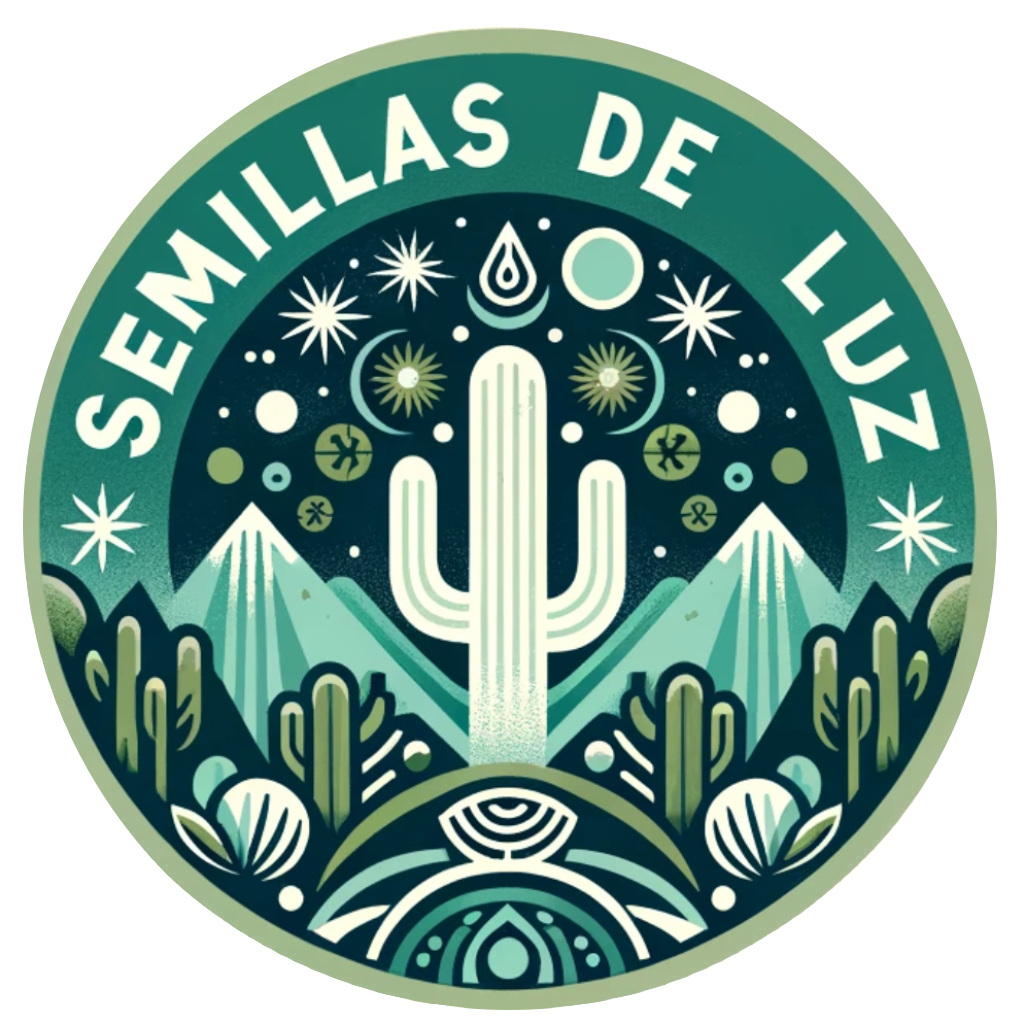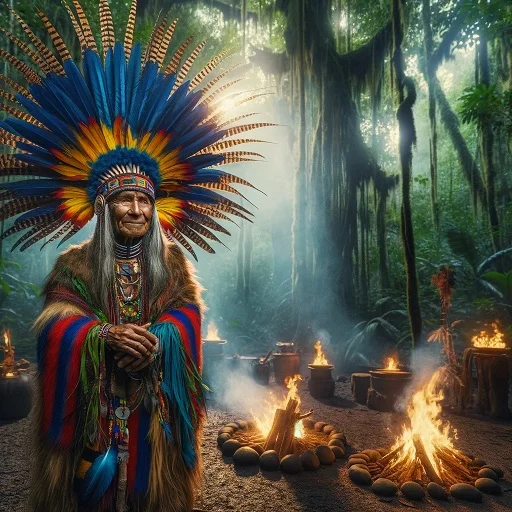Historical Background of Shamans Definition
Shamanism is one of the oldest spiritual practices known to humanity, with roots stretching back to prehistoric times. Originally observed among the tribal societies of Siberia, the concept has spread globally, adapting to various cultural landscapes. The term “shaman” comes from the Tungusic word “šamán,” used by the Evenki people of Siberia, meaning “one who knows.” This ancient practice involves reaching altered states of consciousness in order to interact with the spirit world and channel these transcendental energies into the mundane world.
The Role of Shamans in Different Cultures
Shamans have held various roles across different cultures, serving as healers, storytellers, and keepers of wisdom. In Native American tribes, they are integral to community health and spiritual guidance, while in parts of Asia, they conduct rituals for good harvests and protection from evil spirits. In South America, particularly in indigenous communities, shamans, known as taitas, conduct transformative rituals involving ayahuasca to facilitate deep spiritual healing and connection with nature. Across all cultures, shamans act as intermediaries between the human world and the spiritual realms, offering guidance and protection.
Shamanic Practices and Rituals
Shamanic rituals are diverse, with practices depending on regional and cultural traditions. Common elements include drumming, singing, and dancing, which help the shaman enter trance states. These trances allow the shaman to travel to spirit worlds, communicate with entities, and bring back knowledge or healing to their community. Rituals can also involve purification ceremonies, like sweat lodges, which offer both physical and spiritual cleansing.
Shamanic Tools and Instruments
Shamans definition involves the use various tools and instruments in their rituals, each imbued with spiritual significance. Drums and rattles are common, used to maintain rhythm and induce trance states. Other tools might include staffs, costumes adorned with symbols, and sacred plants or herbs used to alter consciousness and promote healing.
In the Kichwa communities of Ecuador, the yachaks (shamans) use an array of spiritually significant tools and instruments. These include special feathers for cleansing and healing, tobacco for purification rituals (rapé or rapeh), and crystals for energy work. Sacred plants like ayahuasca and San Pedro are also vital, used in healing ceremonies to connect with the spiritual realm. Additionally, yachaks may use drums and other musical instruments to guide the rhythm of ceremonies and induce trance states, facilitating deeper spiritual connections.
The Journey of a Shaman
Becoming a shaman typically involves a unique calling, often marked by a spiritual crisis or a near-death experience. The aspirant may undergo a rigorous apprenticeship with an experienced shaman, learning to master the spiritual, medicinal, and practical aspects of the role. This journey is deeply personal and transformative, requiring the shaman to learn to navigate between the physical and spiritual worlds effectively.
In the journey of a shaman within the Kofán and Kamsá communities of Colombia, as described in the provided document, the process is deeply embedded in cultural and spiritual practices. The shaman, or “taita,” mediates between the community and supernatural forces through the ritual use of yagé, a sacred plant. This ritual is central to community decision-making and addresses both physical and spiritual ailments.
The shamans definition is marked by an intimate understanding of cultural symbols and deep personal transformation, often facilitated by immersive cultural experiences and artistic expression related to their rituals. This transformative process not only solidifies the shaman’s role within their community but also perpetuates the spiritual practices that define their people’s identity.
Shamanic Healing Techniques
Shamanic healing techniques are holistic, addressing the spiritual, emotional, physical, and mental aspects of the individual. Techniques may include soul retrieval, where the shaman journeys to recover parts of the soul lost through trauma, or extraction, to remove spiritual blockages or harmful energies. Plants and herbs also play a crucial role in healing, used for both their physical medicinal properties and spiritual significance.
Shamanic Traditions and Beliefs
Shamanic beliefs are deeply rooted in a profound connection to nature and the belief in a multilayered universe inhabited by spirits. These traditions teach that everything in nature has a spirit—animals, plants, rocks, rivers—and maintaining a respectful relationship with these spirits is crucial for harmony and health.
Modern Perspectives on Shamanism
Today, shamanism (the shamans definition) is experiencing a revival and adaptation, merging with contemporary life and often aligned with the wellness and holistic health movements. Modern practitioners may incorporate shamanic techniques into therapy or personal growth workshops, emphasizing ecological awareness and spiritual connectivity.
Context of South American Shamans (Taitas and Curacas)
In the comprehensive context of South American shamans, particularly the “taitas” and “curacas” among the Kichwa of Ecuador and the Kofán and Kamsá of Colombia, these figures embody profound spiritual and communal leadership roles. The Kichwa shamans utilize rituals to maintain harmony between their community and the natural world, integrating traditional knowledge with spiritual practices.
Similarly, among the Kofán and Kamsá, as detailed in another study, shamans use sacred rituals involving yagé or ayahuasca to mediate with supernatural forces for community decision-making and healing, emphasizing their role as custodians of cultural and spiritual heritage.
These practices illustrate a deep-rooted spiritual framework that spans across South American indigenous cultures, highlighting the shamans’ essential roles in guiding and healing their communities through traditional and spiritual wisdom.
Embracing the Wisdom of Shamans
The shaman’s journey is rich with history, tradition, and profound spiritual insights. By embracing the wisdom of shamans, modern societies can gain a deeper understanding of the interconnectedness of life and the importance of living in harmony with the natural world. As we continue to explore these ancient paths, we unlock new ways to approach healing, community, and personal growth, ensuring that the shamanic heritage continues to enrich our global culture.
To deepen your understanding of shamanic traditions and engage in transformative spiritual practices, consider visiting Semillas de Luz, where you can participate in sacred ceremonies led by Shaman (Taita) Angel Gavilanes. Located in Ecuador, Semillas de Luz offers a nurturing environment for those seeking spiritual growth or emotional healing, featuring a variety of programs that utilize ancestral medicine and holistic healing sessions. This is an ideal place to connect with ancient wisdom and explore personal and spiritual renewal.

